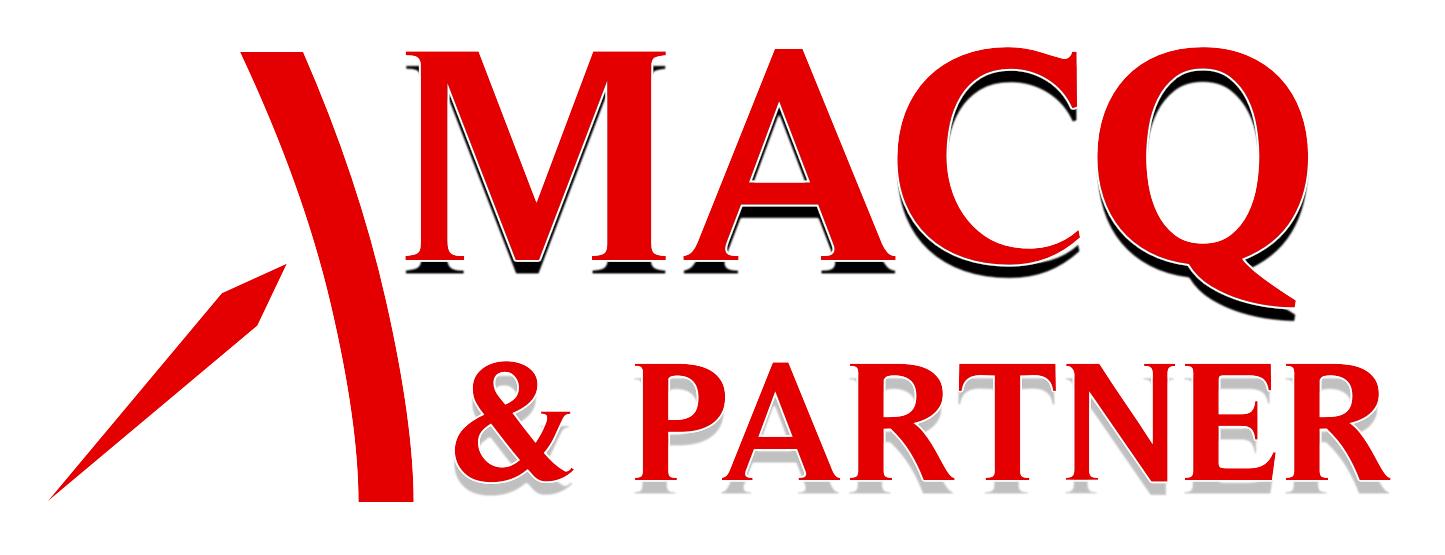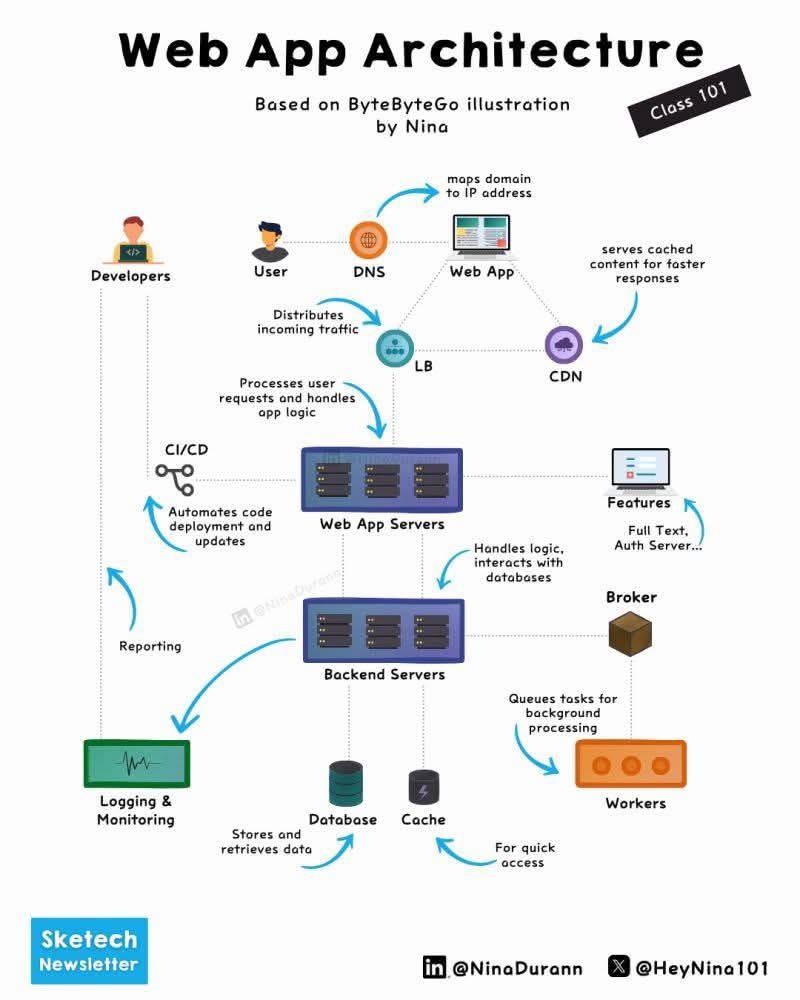As the world population closes in on 8 billion, the old “buy, use, throw away” paradigm of the linear economy no longer makes any sense and is driving us towards an uncertain future. Realisation of this has led to the emergence of eco-design, a production perspective that consists of integrating environmental protection criteria into every phase: from conception to development, from transport to recycling.

We have good reasons to manufacture better and more efficiently: raw materials and natural resources are finite and, if we are not careful, they will run out. Some, like water, are vital sources of life, while minerals are essential to key sectors of the economy, like the technology industry. Add CO2 and the energy used by manufacturers to the equation, and the price being paid by the planet is unsustainable.
SUSTAINABLE PRODUCTION AND DESIGN
According to Greenpeace, human consumption of natural resources has doubled over the last 30 years, prompting the United Nations (UN) to advocate for a new production model that makes optimal use of resources and energy, develops sustainable infrastructure, improves access to basic services, and creates high-quality green job opportunities.
The environmental benefits of sustainable production affect both industry and society. The United Nations advocates this system as a means to improve millions of people’s quality of life, mitigate poverty, boost competitiveness, and lower economic, environmental and social costs.
 The benefits of eco-design.
The benefits of eco-design.
WHAT IS ECO-DESIGN AND WHY IS IT SO IMPORTANT?
There’s something wrong about a society that uses 7,500 litres of water — the amount drunk by a person in seven years — to manufacture a pair of jeans. This fact, published by the UN in 2019, is the tip of an iceberg that needs solutions like eco-design. It is a new philosophy that considers product sustainability from start to finish, where extraction, manufacturing, distribution and consumer use must all adhere to green criteria.
Eco-design is a linchpin of the circular economy, a strategy the purpose of which is to give products an indefinite life within a closed, waste-free circuit. Designing with sustainable materials means that the goods in the circular economy reach the end of their useful life in a suitable condition to be put to new uses, unlike the buy-use-throw away or ‘linear’ economy.
FEATURES AND EXAMPLES OF ECODESIGN
The eco-design approach has an impact on many product characteristics, which include:
Fewer materials
Manufacturing using fewer materials and less energy. This protects resources and reduces emissions.
Easy to recycle
Ensuring easy disassembly means using materials that are easily identified, reused or recycled.
Use of bio-materials
Using a single type of material or a biodegradable material is best, whether natural or a derivative.
Long-lasting
Shapes and sustainable materials should be long-lasting, maximising the useful life of the product.
Multipurpose, reusable and recyclable
Products should have multiple uses, be suitable for reuse, and be manufactured with recyclable materials.
Lowering emissions
Products should be of a suitable size to save material and fuel consumption during transport to reduce CO2 emissions.
Innovative
Technological innovations can optimise product efficiency and sustainability.
Green message
Sustainable design spreads the idea of sustainability with messages intrinsic to the product itself.
There are examples of eco-design in all kinds of consumer goods, such as biodegradable furniture, recycled tableware, edible coffee cups and bamboo sunglasses or toothbrushes, as well as clothes and shoes made with plastic recovered from the ocean and ecological gold jewellery.
SUSTAINABLE DESIGN CERTIFICATION
There are specific regulations governing eco-design that certify the sustainable products launched in the market. There are three certifications:
- Cradle to Cradle (C2C): this system certifies and fosters innovation in sustainable products across five critical performance categories: material health, material reutilisation, renewable energy and carbon management, water stewardship, and social fairness.
- ISO 14062: this international environmental standard assesses integration of environmental aspects into product design and development.
- ISO 14001: This standard enables companies to certify their commitment to the environment by managing the ecological hazards intrinsic to their activities.
More information : Eco-Design




